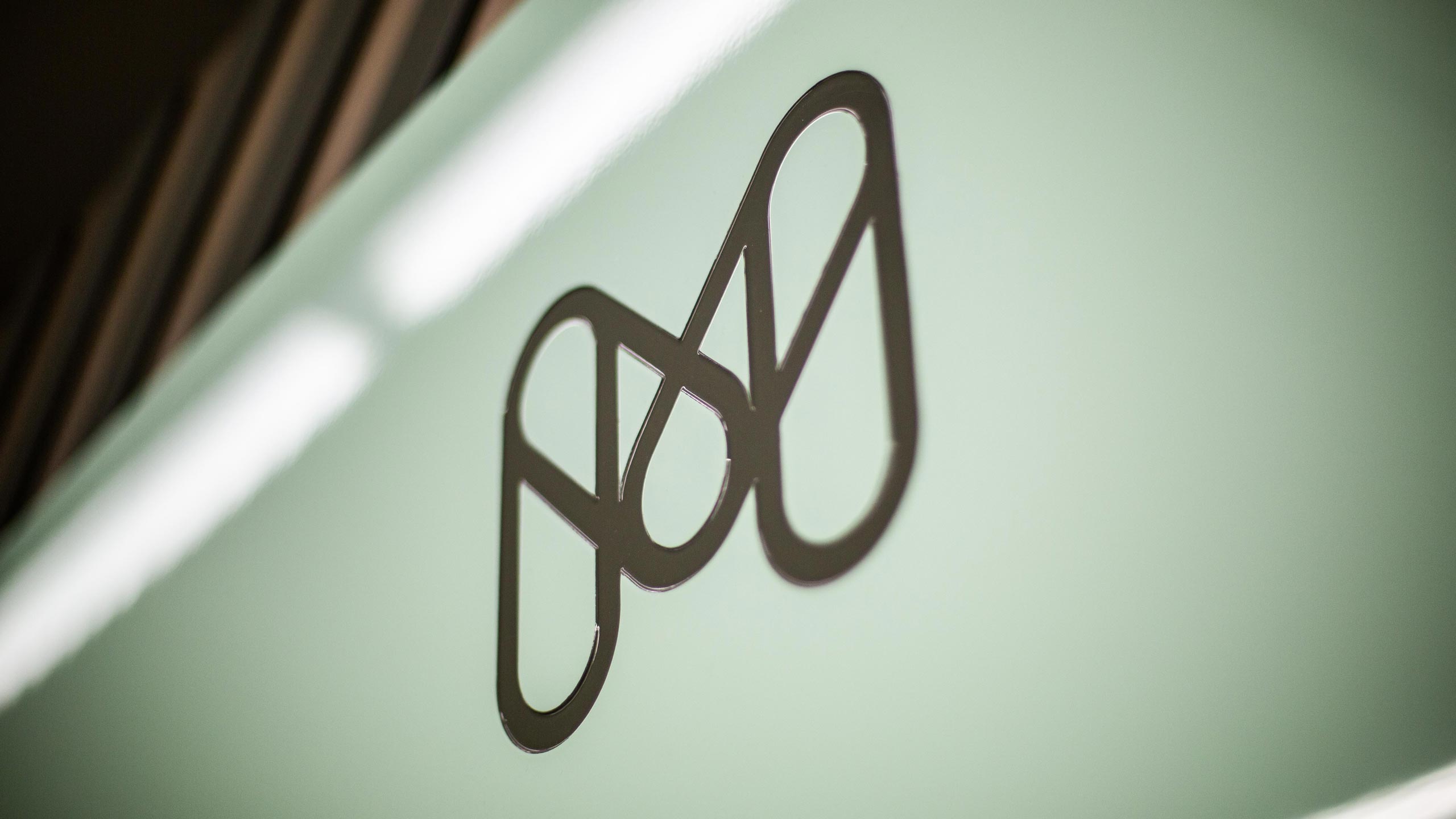Before a trade mark is adopted, searches should be conducted to check whether anyone else has registered or is already using a similar mark. It is also important to consider whether the proposed mark is sufficiently “distinctive” or unique to be registrable. This will depend on whether other businesses are likely to need to use the proposed mark in respect of their own goods and services.
The following examples are generally not considered to be distinctive:
- Descriptive words that have a direct reference to the relevant goods/services. This also applies to minor misspellings or variations of descriptive words.
- Geographical names that have an obvious or potential connection with the relevant goods/services.
- Surnames, depending on the commonness of the surname and whether the goods/services are very specialised or commonplace.
- Single letter marks, unless the mark is stylised in a unique manner.
- Combinations of numbers that have a meaning or relevance in the marketplace.
- Logos that are simply an ordinary depiction of the goods or consist of a very simple design.
If the Trade Marks Office raises a “distinctiveness” objection, it may still ultimately be possible to obtain a registration by filing evidence of use of the mark to show acquired distinctiveness. However, preparing this type of evidence can be time-consuming and costly with no guaranteed outcome. It is consequently preferable to consider the question of distinctiveness prior to adopting and commencing use of a new mark.
Examples of distinctive marks include:
- Invented words with no meaning.
- A mark that is emotive or allusive but not directly descriptive of the relevant goods/services.
- An unusual combination of words or a clever play on words.
- Two letter marks and three letter marks, unless the letters have a descriptive meaning or are commonly used acronyms or abbreviations in the relevant industry.
- Combinations of letters and numerals, unless the combinations are commonly used to indicate characteristics of the goods such as size or quantity. .
- Stylised logos.
As the question of distinctiveness can be subjective, an option that may be worth consideration is to file an application for the proposed mark through the fast-track “headstart” system. “Headstart” applications are assessed within 5-10 days (sometimes even sooner) and so we can find out very quickly whether a distinctiveness objection is likely to be raised. “Headstart” results will also provide an indication of whether there are conflicting similar marks that may pose an obstacle to an application. Once “headstart” results are issued there is a further 5 day period to decide whether to proceed with formally filing the application.
Take-home message:
Distinctive marks are easier to register and enforce. It is consequently beneficial to invest some time selecting a mark that is unique and, ultimately, likely to be more memorable in the marketplace.

